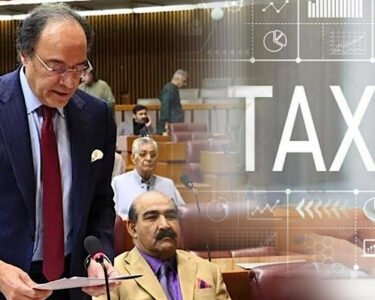WEB DESK: Pakistan’s inflation rate unexpectedly dropped below 12% in May, marking a 30-month low, according to data released by the Pakistan Bureau of Statistics (PBS).
This significant decline has prompted financial analysts at Standards & Poor Global Market Intelligence to project an immediate cut in the State Bank of Pakistan’s (SBP) policy rate by the end of June.
The Consumer Price Index (CPI) inflation for May came in at 11.8%, far lower than market expectations and a steep drop from the peak of 38% recorded in May 2023. This positive trend is attributed largely to deflation in food prices, particularly perishables.
“The recent softening in inflation significantly increases the likelihood of the SBP lowering its key interest rate in June,” said S&P Global in a statement. They project a cumulative reduction of 450 basis points (bps) in the policy rate by the end of 2024, bringing it down from the current high of 22%.
Read More: Pakistan sees lowest inflation in almost two and a half years
Furthermore, the central bank’s next monetary policy committee meeting is scheduled for June 10th, where a decision on the interest rate is highly anticipated. The current rate, held steady in April, was a response to elevated inflation, global financial uncertainties, and the upcoming budget announcement. However, the latest inflation figures are seen as a strong argument for an immediate rate cut.
Moreover, the May inflation figure surprised not only the market but also the government itself. The Ministry of Finance’s forecast for May was within a range of 13.5-14.5%, and their June projection was 12.5-13.5%. Both estimates were significantly exceeded by the actual data.
In addition, the government attributes this positive development to a high base effect from last year’s inflation spike, improvements in the domestic supply chain for essential goods, and reductions in transportation costs. Stringent administrative measures to curb inflation, including managing food supply and demand fluctuations, are also seen as contributing factors.







1 Comment